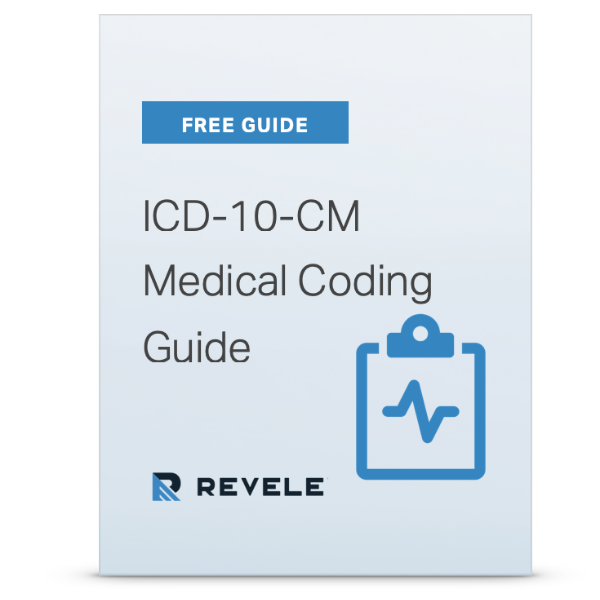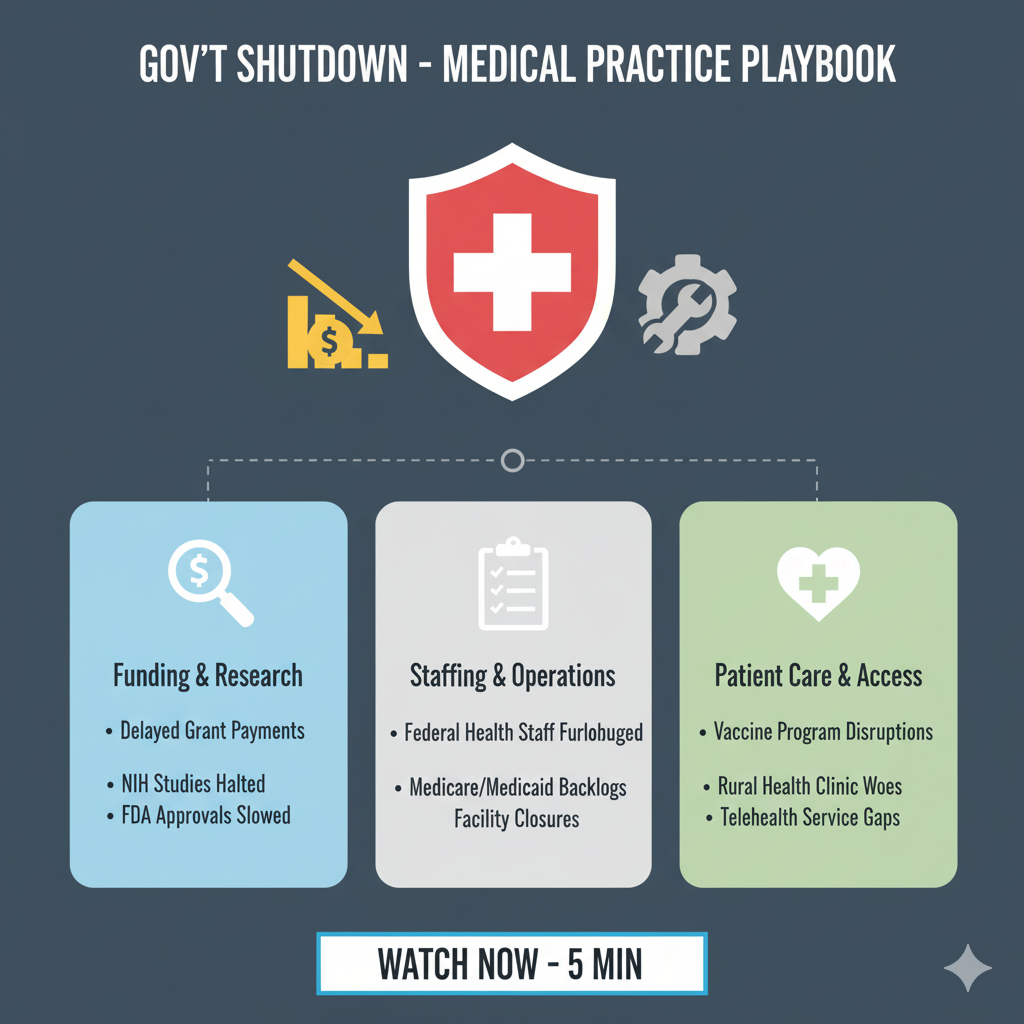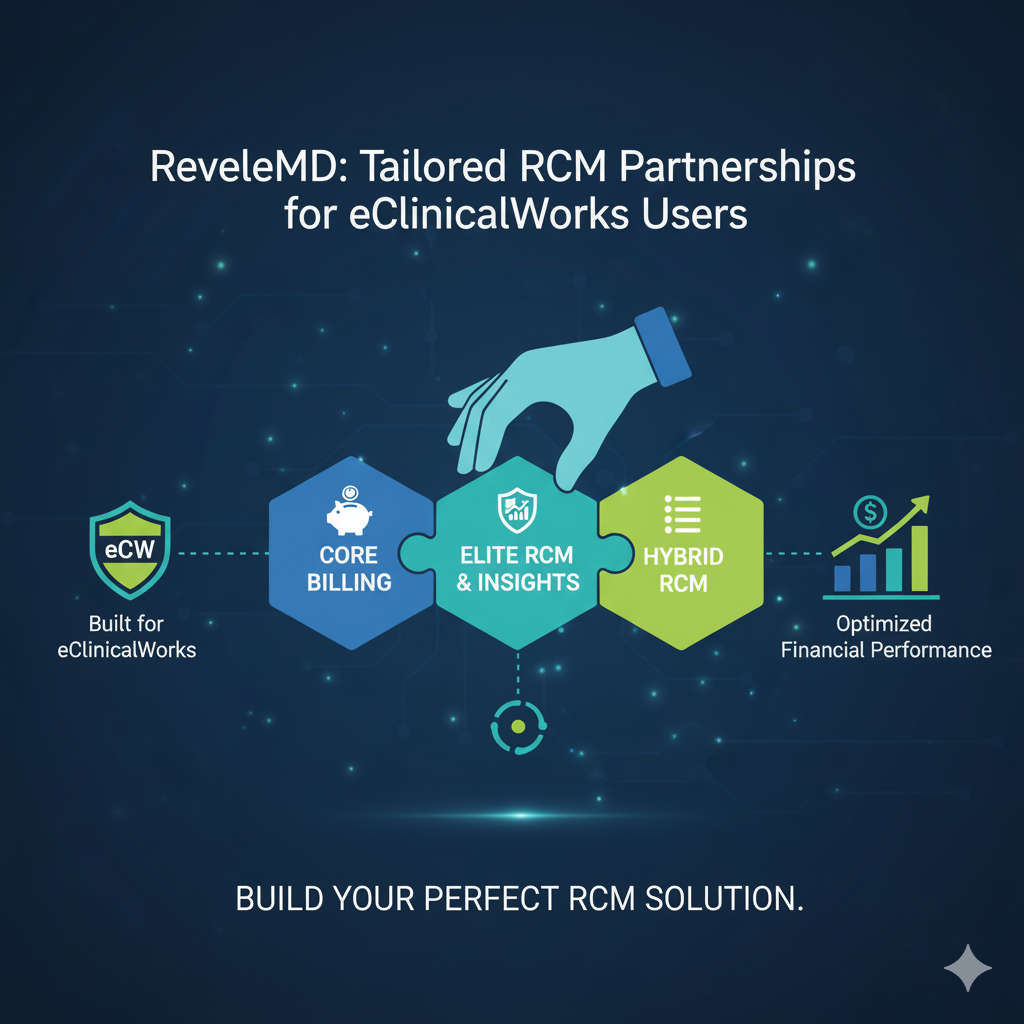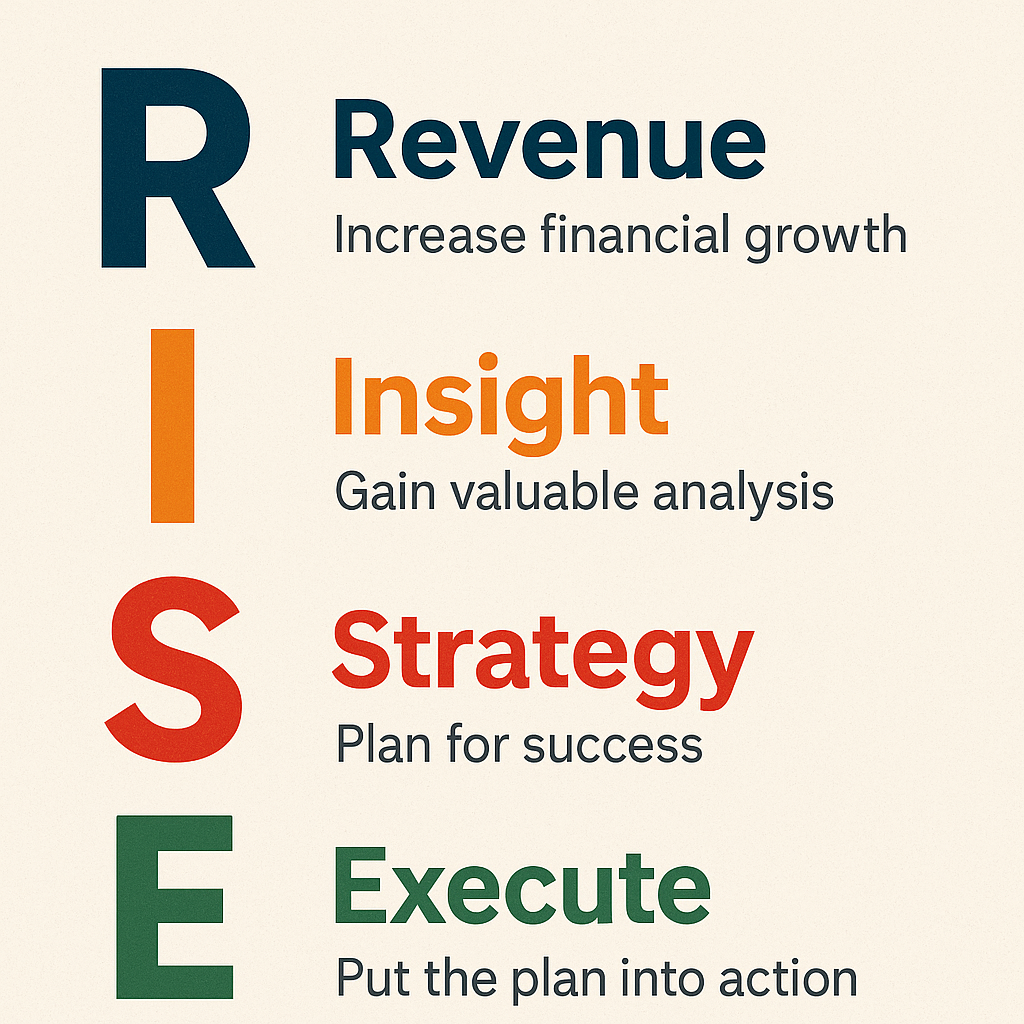What if we told you there was a way to potentially earn tens of thousands of dollars more from Medicare all while improving patient care? It isn't tied to pay to performance measures or linked to alternative payment models either.
Not many medical students are choosing primary care today as their career path and for multiple reasons. Dr. Stephen Schimpff writes more about this topic here but blames the shortage of primary care physicians on less prestige, high debt loads, and a non-sustainable business model. Schimpff also mentions that "seeing an excessive number of patients per day in order to meet overhead and still garner an income about one half that of the specialist is enough to discourage medical school graduates from selecting primary care as a
CMS has developed and implemented new payment strategies within the Fee-for-Service Medicare Physician Fee Schedule (MPFS) over the last decade that will help with the primary care business model and hopefully encourage more medical student to pursue primary care. Most importantly, the new payment strategies aim to encourage primary care services to the aging population and patients with chronic conditions.
Many primary care physicians have been slow to adopt the use of these 6 new codes. While there are some obstacles in billing for these codes, they are minor compared to the significant amount of revenue that can be gained from using them. Practices that bill for all 6 of these new codes approved by Medicare can potentially increase their revenue by six figures, or more.
*These payment amounts are before application of Medicare’s geographic adjustments, and apply to services provided in a non-facility setting.
1. 99495 Transition Care Management, 14-Day Discharge, $164.81
Transitional care management (TCM) services are for established patients who require medical decision-making while in transition from an inpatient to an outpatient setting. TCM services commence on the date a patient is discharged, and can continue for the subsequent 29 days. To use code 99495, the patient must make a face-to-face visit within 14 calendar days of discharge, and the visit must involve medical decisions of at least moderate complexity.
2. 99496 Transition Care Management, 7-Day Discharge, $232.52
This code is also used for transitional care management, but it is slightly different from the scenario under which 99495 is billed. With 99496, communication by direct contact, phone, or other electronic means must be made with the patient within two business days of discharge. Additionally, a face-to-face visit must be made within 7 calendar days, and must involve medical decision-making of high complexity.
3. 99497 Advanced Care Planning, 30 Minutes, $85.99
Advanced care planning is a 30-minute interaction between a physician (or other qualified healthcare professional) and a patient (possibly including family members or surrogates) to explain and discuss advance directives such as standard forms. Effective January 1, 2016, Medicare will pay $85.99 for this service in a physician's office, and $80 for the same service in a hospital. Medicare will pay up to $75 for an additional 30 minutes of consultation under billing code 99498.
4. 99490 Chronic Care Management Services, 20 Minutes, $40.84
Since January 1 of 2015, Medicare has paid separately under the Physician Fee Schedule code 99490 for non-face-to-face care coordination services provided to Medicare recipients who have multiple chronic health conditions. Billing the code requires at least 20 minutes of time per calendar month by clinical staff (billing physician or other appropriate practitioner). Once the 20-minute threshold to bill is reached, the practitioner can choose that date as the date of service and does not need to hold the claim until the end of the month.
eClinicalWorks recently released a module to help physicians bill for Chronic Care Management. The eClinicalWorks CCM helps providers develop care plans for patients with Chronic Conditions in order to improve health outcomes. eClinicalWorks CCM also helps practices with:
- Identifying eligible patients
- Consent management
- Care planning
- Activity tracking
- Billing automation
To learn more about the eClinicalWorks Chronic Care Management module visit our eCW CCM page here.
5. G0438 Initial Wellness Exam, $172.69
Under code G0438, Medicare covers an initial annual wellness visit that provides personalized prevention plan services for Medicare recipients who fulfill the following:
• They are not within the first 12 months of their first Medicare Part B coverage period
• They have not received an initial preventative physical examination or annual wellness visit within the past 12 months
In 2016 Medicare's wellness examination will pay $172.69 for an initial visit. If you would see 250 patients a month for the initial wellness exam and had around 3,000 patients per year your would bring in an estimated $518,070 in revenue. It isn't uncommon to need additional tests or screens ran for a patient after the annual wellness visit either. Being conservative you could be looking at an additional $600,000 in revenue just off of additional tests and screenings that resulted from the annual wellness visit.
GroupOne partnered with Vatica Health for a webinar on the Annual Wellness Visit. Vatica Health provides industry leading software automating the Medicare Annual Wellness Visit. Click here to view the on-demand webinar and a quick glimpse into how Vatica Health's software can help you with the AWV.
6. G0439 Subsequent Wellness Exam, $116.80
Any subsequent annual wellness exam after the initial annual wellness exam under code G0438 is billed under G0439. This visit includes a personalized prevention plan. The code G0439 is used for annual wellness visits in the years subsequent to the initial (G0438) wellness visit, even if the patient switches to a new doctor.
Will your primary care practice benefit from using these codes? Much depends on your overhead costs and staffing levels but overall there is a significant amount of revenue to be generated should you start providing these services.
If your EHR or revenue cycle management processes are standing in the way of you providing these services, contact us at GroupOne Health Source to learn how we can help. Our experienced teams can help alleviate medical coding and billing concerns so you can focus more on patients.








